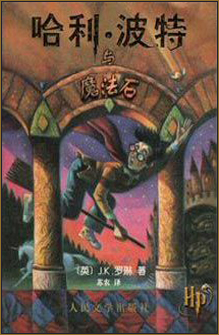![]()


Globalization, Consumerism, and Cultural
Change in Modern China
By Jonathan Henderson
|
|
|
|
|
|
 |
Introduction Owing
to the transnational character of Pottermania, the Harry Potter books
provide a convenient means to track the currents of global popular culture
both in terms of its dissemination and in the varied ways it is
appropriated and understood in specific localities. The purpose of this
project is to use the popularity of these books in China
to convey the
larger story of China’s integration
into the world’s economy as a major consumer of global popular culture.
In doing so, the project will: 1) recount China’s recent and extraordinary
economic growth, 2) suggest why the Harry Potter books might be so popular
among affluent urban youth, and 3)
highlight some challenges China faces as it rapidly transforms itself from
an agrarian based economy to a modern market based economy. |
|
|
|
|
|
|
|
|